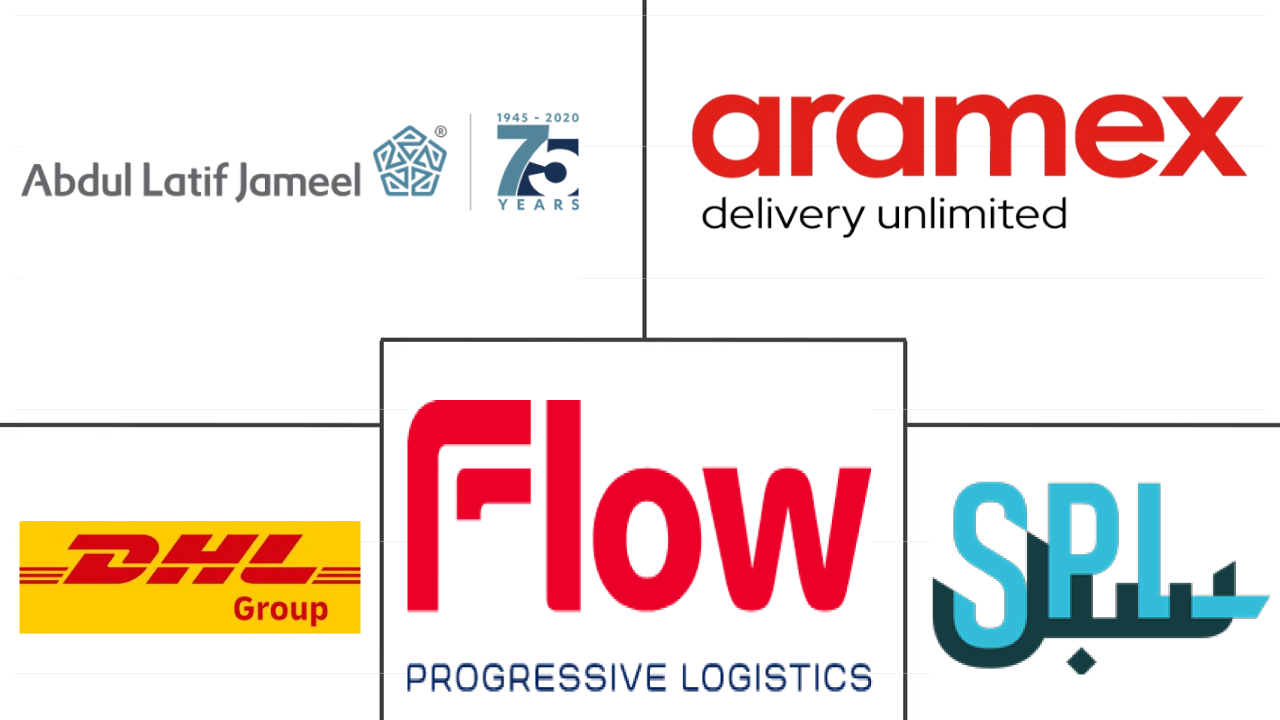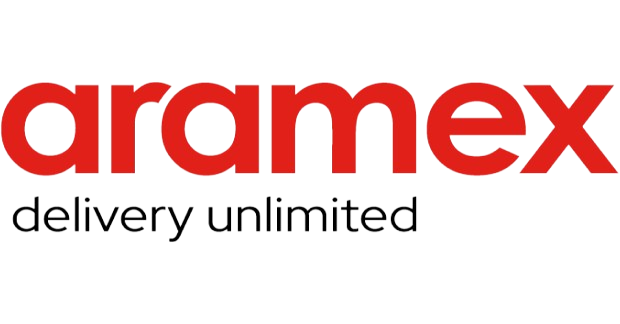Market Size of saudi arabia courier, express, and parcel (cep) Industry
| Icons | Lable | Value |
|---|---|---|
|
|
Study Period | 2017 - 2030 |
|
|
Market Size (2024) | USD 1.27 Billion |
|
|
Market Size (2030) | USD 1.88 Billion |
|
|
Largest Share by Destination | Domestic |
|
|
CAGR (2024 - 2030) | 6.76 % |
|
|
Fastest Growing by Destination | International |
|
|
Market Concentration | Low |
Major Players |
||

|
||
|
*Disclaimer: Major Players sorted in no particular order |
Saudi Arabia Courier, Express, and Parcel (CEP) Market Analysis
The Saudi Arabia Courier, Express, and Parcel (CEP) Market size is estimated at 1.27 billion USD in 2024, and is expected to reach 1.88 billion USD by 2030, growing at a CAGR of 6.76% during the forecast period (2024-2030).
1.27 Billion
Market Size in 2024 (USD)
1.88 Billion
Market Size in 2030 (USD)
5.89 %
CAGR (2017-2023)
6.76 %
CAGR (2024-2030)
Fastest Growing Market by Speed of Delivery
7.74 %
Projected CAGR, Express, 2024-2030
The introduction of specialized services specific to express delivery is majorly driving the segment's growth.
Fastest Growing Market by Model
8.78 %
Projected CAGR, Business-to-Consumer (B2C), 2024-2030
E-commerce, a major driver, is a pivotal element of Saudi Arabia's Vision 2030, for which the government is working toward boosting the segment for increased smoother operations.
Largest Market by Shipment Weight
52.15 %
value share, Light Weight Shipments, 2023
Online orders of goods like apparel, beauty products, personal care products, and groceries are majorly driving demand in the segment.
Largest Market by End User Industry
42.90 %
value share, E-Commerce, 2023
E-commerce is a major delivery demand generator, and it is driven by demand from a younger population of online shoppers, favorable government policies, and rising internet penetration.
First Leading Market Player
15.91 %
market share, Aramex, 2022

In Saudi Arabia, Aramex inaugurated a new 5,900 sq. m express courier handling facility with a capacity of up to 100,000 shipments a day.
Industry advancements coupled with increasing e-commerce are driving growth
- E-commerce has been a major driver for domestic and international CEP market growth. The biggest player in the Saudi Arabian e-commerce market is extra.com. The store had a revenue of USD 278.3 million in 2022. This was followed by amazon.sa and nahdionline.com as the second- and third-largest stores, with revenues of USD 242.0 million and USD 211.6 million, respectively. The top three stores collectively accounted for 31.8% of the top 100 online stores' revenue in Saudi Arabia in 2022. With e-commerce user penetration projected to reach 73% by 2027, the Saudi Arabian CEP market is expected to grow significantly.
- Due to the COVID-19 pandemic, there was a surge in the CEP market as the demand for e-commerce increased. In 2021, as restrictions were relaxed, there was a surge in all the sectors in Saudi Arabia, which drove the growth of CEP in the country. E-commerce is one of the major factors driving market growth. With higher connectivity rates, a young working population, and advanced infrastructure, the country is one of the major markets in online retailing in the Middle East. The “Pick-Up and Drop-Off” (PUDO) collection points are expected to gain popularity in the future. Currently, around 15% to 20% of the e-commerce orders are collected at a physical location operated by the courier companies or their partners. It also makes return management easy for the companies.
- In 2021, the domestic segment of the Saudi Arabian CEP market had a share contribution of 65.68% in terms of revenue. In 2021, the international segment had a 34.32% share contribution to the Saudi Arabian CEP market in terms of revenue. The overall CEP market value is projected to record a CAGR of 7.03% during 2023-2029, owing to increasing demand for e-commerce in the country.
Saudi Arabia Courier, Express, and Parcel (CEP) Industry Segmentation
Domestic, International are covered as segments by Destination. Express, Non-Express are covered as segments by Speed Of Delivery. Business-to-Business (B2B), Business-to-Consumer (B2C), Consumer-to-Consumer (C2C) are covered as segments by Model. Heavy Weight Shipments, Light Weight Shipments, Medium Weight Shipments are covered as segments by Shipment Weight. Air, Road, Others are covered as segments by Mode Of Transport. E-Commerce, Financial Services (BFSI), Healthcare, Manufacturing, Primary Industry, Wholesale and Retail Trade (Offline), Others are covered as segments by End User Industry.
- E-commerce has been a major driver for domestic and international CEP market growth. The biggest player in the Saudi Arabian e-commerce market is extra.com. The store had a revenue of USD 278.3 million in 2022. This was followed by amazon.sa and nahdionline.com as the second- and third-largest stores, with revenues of USD 242.0 million and USD 211.6 million, respectively. The top three stores collectively accounted for 31.8% of the top 100 online stores' revenue in Saudi Arabia in 2022. With e-commerce user penetration projected to reach 73% by 2027, the Saudi Arabian CEP market is expected to grow significantly.
- Due to the COVID-19 pandemic, there was a surge in the CEP market as the demand for e-commerce increased. In 2021, as restrictions were relaxed, there was a surge in all the sectors in Saudi Arabia, which drove the growth of CEP in the country. E-commerce is one of the major factors driving market growth. With higher connectivity rates, a young working population, and advanced infrastructure, the country is one of the major markets in online retailing in the Middle East. The “Pick-Up and Drop-Off” (PUDO) collection points are expected to gain popularity in the future. Currently, around 15% to 20% of the e-commerce orders are collected at a physical location operated by the courier companies or their partners. It also makes return management easy for the companies.
- In 2021, the domestic segment of the Saudi Arabian CEP market had a share contribution of 65.68% in terms of revenue. In 2021, the international segment had a 34.32% share contribution to the Saudi Arabian CEP market in terms of revenue. The overall CEP market value is projected to record a CAGR of 7.03% during 2023-2029, owing to increasing demand for e-commerce in the country.
| Destination | |
| Domestic | |
| International |
| Speed Of Delivery | |
| Express | |
| Non-Express |
| Model | |
| Business-to-Business (B2B) | |
| Business-to-Consumer (B2C) | |
| Consumer-to-Consumer (C2C) |
| Shipment Weight | |
| Heavy Weight Shipments | |
| Light Weight Shipments | |
| Medium Weight Shipments |
| Mode Of Transport | |
| Air | |
| Road | |
| Others |
| End User Industry | |
| E-Commerce | |
| Financial Services (BFSI) | |
| Healthcare | |
| Manufacturing | |
| Primary Industry | |
| Wholesale and Retail Trade (Offline) | |
| Others |
Saudi Arabia Courier, Express, and Parcel (CEP) Market Size Summary
The Saudi Arabia Courier, Express, and Parcel (CEP) market is experiencing significant growth, driven primarily by the surge in e-commerce activities. The market is characterized by a robust expansion trajectory, supported by the increasing penetration of online shopping platforms and the country's advanced infrastructure. The domestic segment of the market holds a substantial share, reflecting the strong demand for local delivery services. The COVID-19 pandemic acted as a catalyst, accelerating the adoption of CEP services as consumers turned to online shopping. The introduction of "Pick-Up and Drop-Off" (PUDO) points is expected to further enhance the convenience of e-commerce transactions, making return management more efficient for businesses.
Saudi Arabia's strategic investments in transport and logistics infrastructure are poised to transform the CEP market landscape. The government's Vision 2030 initiative aims to diversify the economy and reduce reliance on oil by enhancing the logistics sector's contribution to the GDP. Significant investments are planned in ports, airports, and rail networks, with the goal of establishing the country as a global logistics hub. The market is fragmented, with key players like Abdul Latif Jameel IPR Company Limited, Aramex, DHL Group, Flow Progressive Logistics, and Saudi Post-SPL (including Naqel Express) leading the charge. Partnerships and technological advancements, such as those between UPS and Google Cloud, are set to improve efficiency and tracking capabilities, further bolstering market growth.
Saudi Arabia Courier, Express, and Parcel (CEP) Market Size - Table of Contents
-
1. MARKET SEGMENTATION (includes Market Value in USD, Forecasts up to 2030 and analysis of growth prospects)
-
1.1 Destination
-
1.1.1 Domestic
-
1.1.2 International
-
-
1.2 Speed Of Delivery
-
1.2.1 Express
-
1.2.2 Non-Express
-
-
1.3 Model
-
1.3.1 Business-to-Business (B2B)
-
1.3.2 Business-to-Consumer (B2C)
-
1.3.3 Consumer-to-Consumer (C2C)
-
-
1.4 Shipment Weight
-
1.4.1 Heavy Weight Shipments
-
1.4.2 Light Weight Shipments
-
1.4.3 Medium Weight Shipments
-
-
1.5 Mode Of Transport
-
1.5.1 Air
-
1.5.2 Road
-
1.5.3 Others
-
-
1.6 End User Industry
-
1.6.1 E-Commerce
-
1.6.2 Financial Services (BFSI)
-
1.6.3 Healthcare
-
1.6.4 Manufacturing
-
1.6.5 Primary Industry
-
1.6.6 Wholesale and Retail Trade (Offline)
-
1.6.7 Others
-
-
Saudi Arabia Courier, Express, and Parcel (CEP) Market Size FAQs
How big is the Saudi Arabia Courier, Express, and Parcel (CEP) Market?
The Saudi Arabia Courier, Express, and Parcel (CEP) Market size is expected to reach USD 1.27 billion in 2024 and grow at a CAGR of 6.76% to reach USD 1.88 billion by 2030.
What is the current Saudi Arabia Courier, Express, and Parcel (CEP) Market size?
In 2024, the Saudi Arabia Courier, Express, and Parcel (CEP) Market size is expected to reach USD 1.27 billion.

